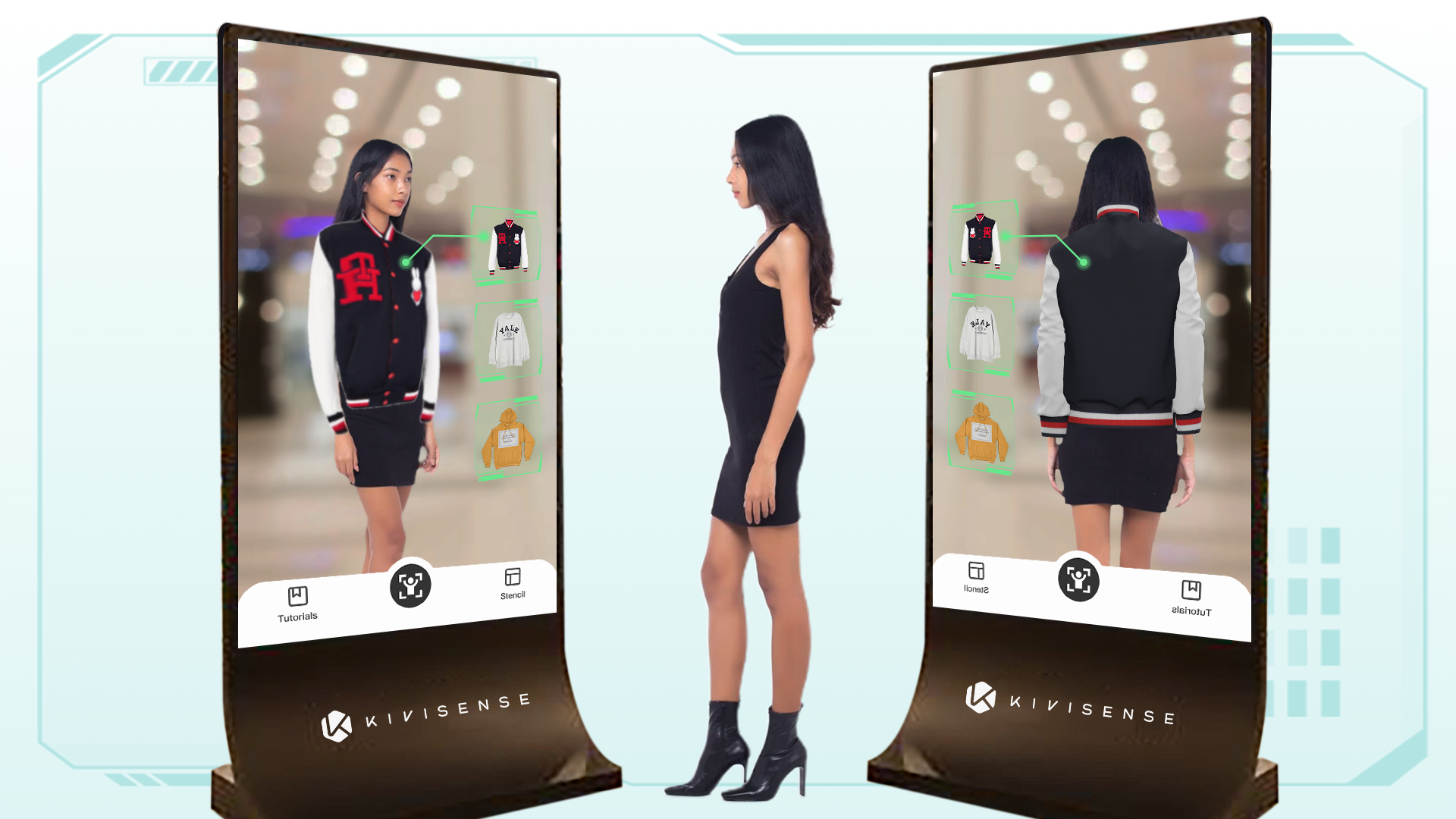Companies are adjusting in the fast changing digital market to satisfy the needs of contemporary consumers. Virtual try-on technology is one of the most transforming technologies available to fashion and clothing sellers. This invention improves customer involvement and supports omni-channel strategies for distributors, manufacturers, and wholesalers by letting users virtually replicate trying on clothing. Trying on clothes virtually allows enterprises to transform their sales systems, raise buyer happiness, and keep ahead in a crowded industry.
Improving the Purchase Experience
Like consumers, purchasers demand a flawless, interesting, and educated buying experience. Virtual try-on technology lets vendors create an interactive experience whereby consumers may see how items appear or fit without actual samples. Fashion and apparel wholesalers especially depend on this since bulk purchases are dependent on confidence in product quality, fit, and style.
Ordering hundreds or thousands of units exposes great financial risk for purchasers. With its thorough 3D projections and fit simulations, virtual try-on tools help to reduce this danger. Purchasers will be able to better appreciate how items will look on several body shapes, colours, or styles. This capacity builds trust in purchase decisions, which results in less returns, more pleasure, and long-term supplier and retailer relationships.
Furthermore, virtual try-on solutions help customising, which is essential in business-to-- business negotiations. Buyers can see, for instance, logos, branding, or unusual colour schemes on clothing. Along with hastening decision-making, this customised experience builds loyalty and confidence.
Perfect Integration with Omni-Channel Techniques
Nowadays, online store companies must have Omni-channel strategies to guarantee consistent customer experiences across several touchpoints—digital, in-store, direct sales channels among others. By bridging the gap between online and physical sales, virtual try-on technology forms a pillar of support for these techniques.
Virtual try-ons can be included into e-commerce systems for web sites so that consumers may closely review items before making significant purchases. These instruments guarantee a strong digital experience by giving the same degree of interaction and confidence-building as an in-person showroom might deliver.
Virtual try-on kiosks improve interactions in physical showrooms or trade exhibits by allowing consumers to investigate a wider choice of products without needing large inventory on-site. For example, a buyer visiting a fashion expo can "try on" several designs using an augmented reality (AR) interface, therefore simplifying the choice process.
Moreover, virtual try-on helps to enable hybrid sales approaches. Equipped with these capabilities, salespeople can display clients remotely customised recommendations based on designs and fits via video conferences. International purchasers especially benefit from this capacity since it removes geographical restrictions and lowers trip expenses while preserving a high degree of involvement.
Driving Cost Savings and Operational Effectiveness
Virtual try-on technology offers vendors major operational benefits. The most obvious advantage is financial savings. Conventional approaches of presenting clothing—such as mailing actual samples—can be costly, time-consuming, and logistically difficult. Virtual try-ons cut waste and manufacturing costs by doing away with the requirement for large-scale sampling.
These instruments also enable simplification of inventory control. Without overproducing actual inventory, sellers can highlight their whole catalogue online. Through more accurate demand prediction made possible by virtual interactions, companies may maximise manufacturing plans and prevent overproduction, hence improving resource allocation.
Virtual try-ons also help to minimise mistakes resulting from miscommunication or misreading of product specifications, therefore improving the accuracy of mass orders. This accuracy not only saves money and time but also shows dependability and professionalism, therefore strengthening bonds with consumers.
Moreover, information produced by virtual try-on use offers insightful analysis of consumer preferences and trends. By use of this information, vendors can improve their product lines, customize their marketing plans, and project future needs. In a fast-paced sector like fashion, where following trends may either make or ruin a company, these insights are especially important.
Conclusion
More than just a digital gimmick, virtual try-on technology transforms companies hoping to switch to strong omni-channel strategies. This innovation helps companies to address the demands of a competitive and changing market by improving buyer experiences, harmonising across touchpoints, and boosting operational efficiencies.
Adopting virtual try-on solutions is not optional for fashion and apparel vendors; rather, it is a necessary step towards developing trust, enhancing cooperation, and remaining relevant in the digital age. The companies who invest in virtual try-on technology will not only survive but also reset industry standards for excellence as consumers anticipate simple and interesting interactions more and more.


